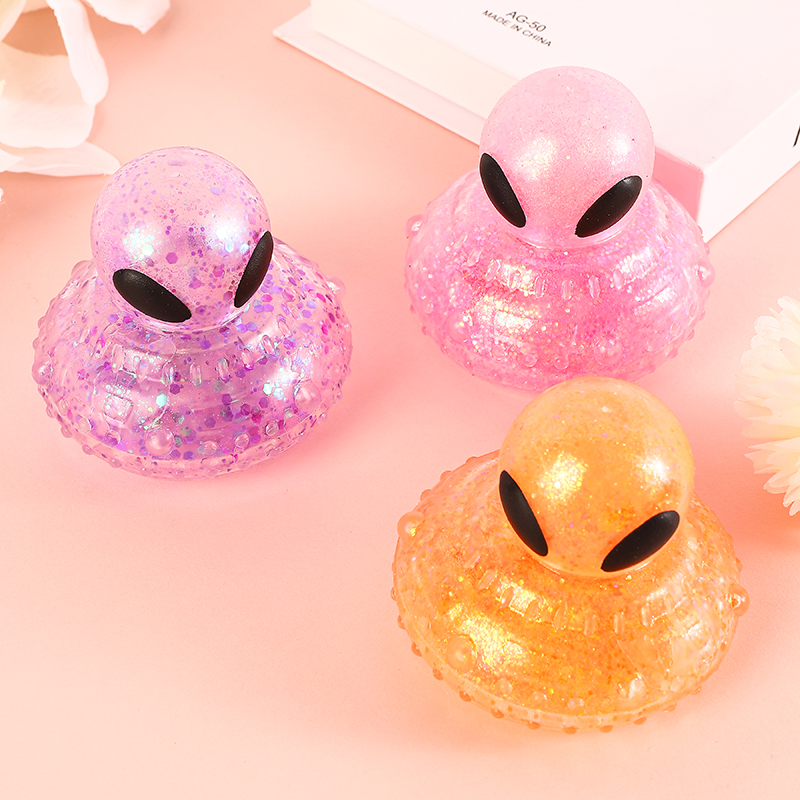
Gel stress toys have become a popular choice for relieving tension and improving focus. These squeezable toys often come in bright colors and a variety of shapes, making them appealing for both children and adults. While they offer immediate stress relief, questions about their environmental impact have become more relevant. Understanding whether gel stress toys are eco-friendly or recyclable can help consumers make informed choices.
Materials Used in Gel Stress Toys
Gel stress toys are typically made from a combination of soft, flexible outer materials such as thermoplastic elastomers (TPE) or vinyl, and an inner gel filling. The gel inside is usually water-based or composed of synthetic polymers that provide a squishy, malleable texture.
The materials that give gel stress toys their distinctive feel, however, also present challenges for recycling. The combination of gel and plastic means that separating components for standard recycling processes is difficult. This is an important consideration for anyone looking to reduce their environmental footprint.
Recyclability Considerations
Unlike single-material products, gel stress toys are not commonly accepted in curbside recycling programs. The mix of gel and outer casing requires specialized processing, which is often not available in municipal recycling facilities. As a result, many gel stress toys end up in landfills once they are no longer usable.
Some manufacturers are exploring options for recycling or repurposing gel stress toys, such as melting down the outer shell to create new plastic items. However, these initiatives are not yet widespread, so consumers should be aware that traditional recycling may not be feasible.
Eco-Friendly Alternatives
For those concerned about sustainability, there are alternative stress-relief toys that are more eco-friendly. Options include toys made from natural rubber, biodegradable materials, or recycled plastics. While these may feel different from gel stress toys, they offer similar stress-relieving benefits without the environmental drawbacks.
Some companies also produce refillable gel stress toys, where the outer casing can be reused, and only the gel filling needs to be replaced. This approach reduces waste and extends the product's lifespan, making it a more environmentally conscious option.
Responsible Disposal Practices
If you own gel stress toys and want to dispose of them responsibly, consider the following steps. First, check with local recycling centers to see if they accept mixed-material products. Second, explore donation options if the toys are still in good condition, as schools or therapy centers may find them useful.
Another approach is to repurpose the toys for craft projects or as sensory tools in educational settings. Even if they cannot be recycled traditionally, giving them a second life reduces waste and supports creative reuse.
Making Informed Choices
Understanding the environmental impact of gel stress toys can guide purchasing decisions. While they provide an effective way to relieve stress, they are not inherently eco-friendly or easily recyclable. Consumers who value sustainability should consider alternatives or look for manufacturers that prioritize recyclable or refillable designs.
By being mindful of materials and disposal options, it is possible to enjoy the benefits of gel stress toys while reducing environmental harm. Awareness and informed choices can help balance personal well-being with responsibility toward the planet.
Gel stress toys offer a convenient way to relieve tension, but their mixed materials make recycling challenging. Exploring eco-friendly alternatives, refillable designs, and responsible disposal practices can help users enjoy these toys while considering their environmental impact.

